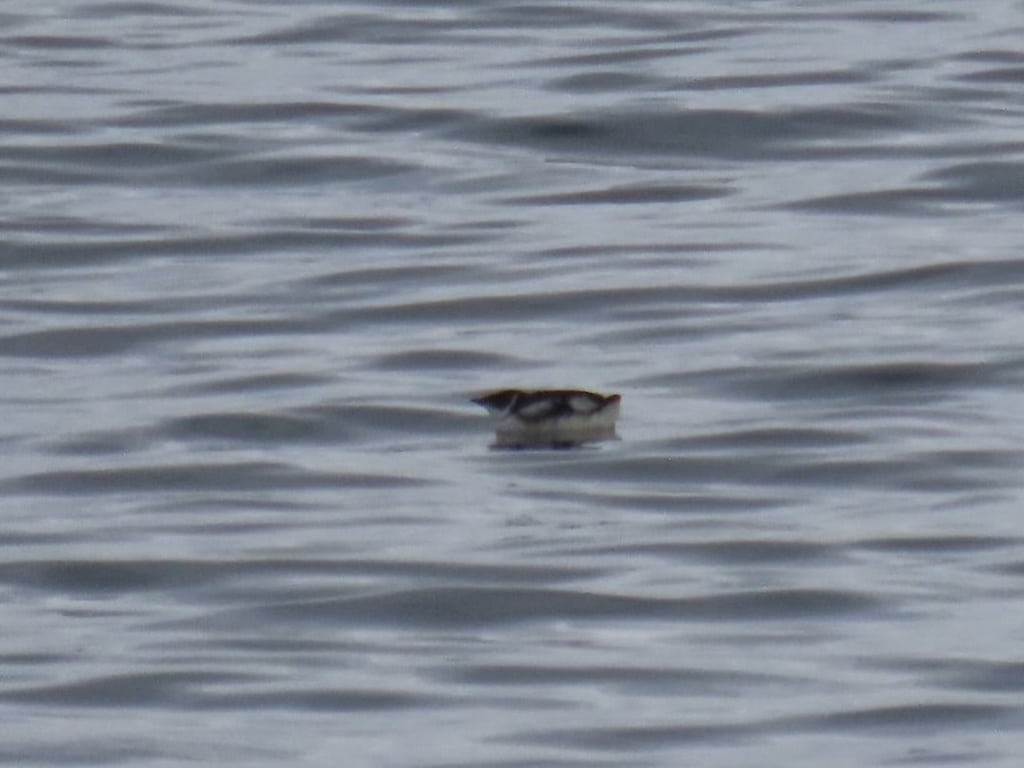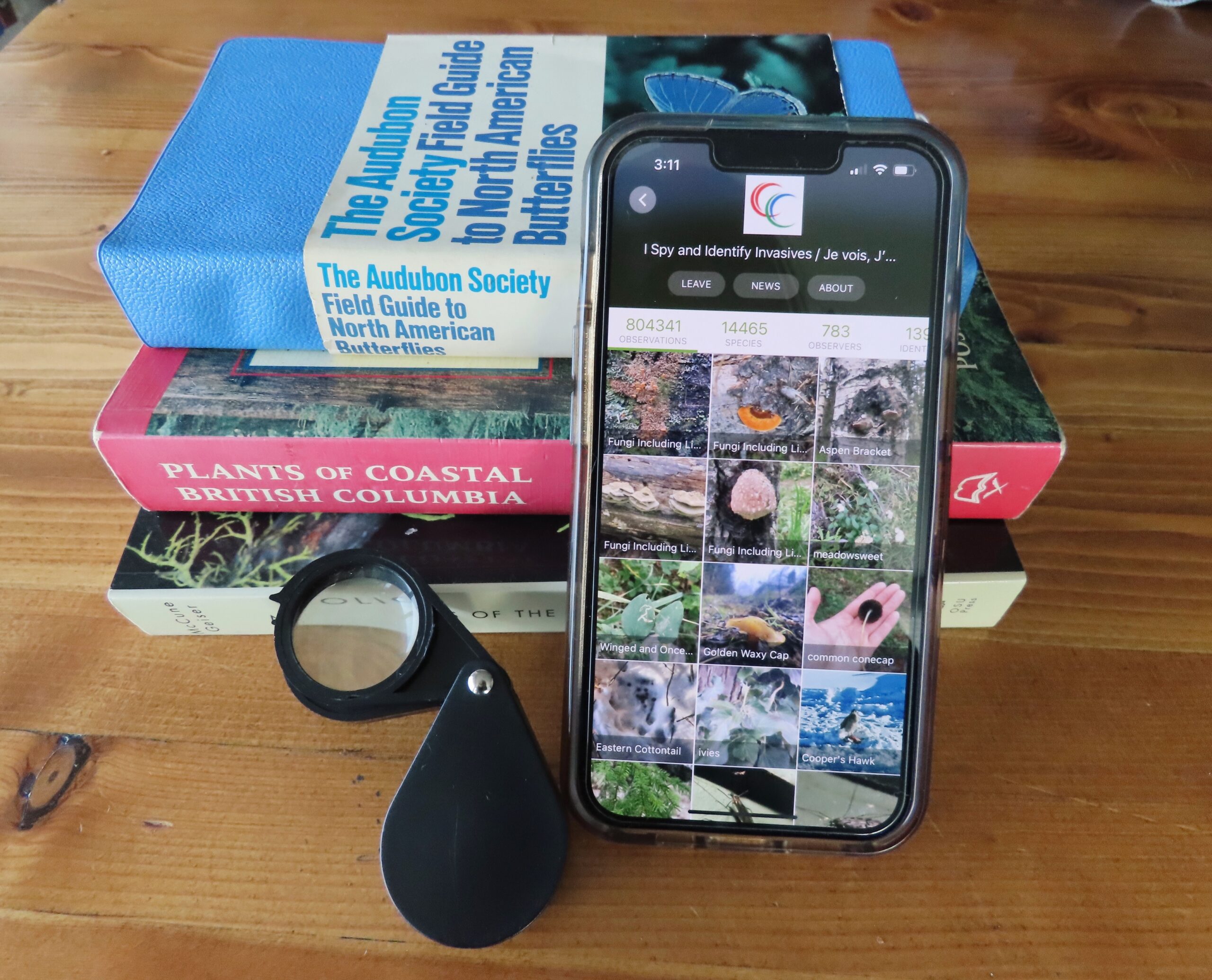By Erin Springinotic | January 16, 2023
In December, the I Spy and Identify Invasives project made 5,219 observations of 966 species. 157 people observed and reported native and invasive species across Canada and our network grew by 11 new individuals (and counting) – welcome to our new members!
December’s reports included 548 observations of 142 different introduced and invasive species. The month’s totals included these sightings:
- 35 observations of European starlings (Sturnus vulgaris) in British Columbia, Ontario, New Brunswick, and Nova Scotia. European starlings were introduced to North America in the late 1800s and are now established from Alaska to Mexico. They nest in trees and human-built structures. Starlings are aggressive, easily out-competing native birds, and will kill larger birds when competing for nesting sites.

- 19 observations of House sparrows (Passer domesticus) in British Columbia, Alberta, Ontario, and Nova Scotia. These adaptable and invasive sparrows were introduced to North America via New York in 1852 and are now established throughout Canada. They are aggressive nest competitors and often outcompete other cavity nesting birds, leading to population declines of native bird species.

- 2 observations of Ring-necked pheasants (Phasianus colchicus) in British Columbia and Nova Scotia. Ring-necked pheasants were introduced to British Columbia in the 1880s as a game bird, making homes in grasslands and farmlands in the south of the province. Studies have found that Ring-necked pheasants can engage in nest parasitism, where they lay eggs in nests of native gamebirds. This can lead to abandonment of nests, lower hatching rates, and lower numbers of eggs laid by the native host species (including ducks and grouse).
The following species at risk were also reported throughout December:
- 2 observations of Marbled murrelets (Brachyramphus marmoratus) on Vancouver Island by @stevenhayward and @enspring. Marbled murrelets are small seabirds found in coastal areas of British Columbia. These murrelets rely on old growth forests for nesting sites, where they lay a single egg high up on mossy tree limbs. The greatest threat to Marbled murrelets is the loss of nesting habitat through commercial logging of old growth forests, as well as oil contamination and entanglement in gillnets while foraging at sea.

- 2 observations of Short-eared owls (Asio flammeus) in British Columbia by @ellyne and @erichabisch. This nomadic owl breeds in all of Canada’s provinces and territories and prefers open grassland and marsh habitats where it hunts for rodents. Alterations of wetlands, urban development, and farming have all been attributed to critical habitat loss for the Short-eared owl, resulting in population declines.
Thank you for your iNaturalist observations and reports. We want to acknowledge all of your contributions to the project in 2022. 706 of you made 250,666 observations of 10,500 species! Here’s to another successful year of community science!
Erin works in Outreach Support at ISCBC. She is grateful to live on the traditional territories of the Songhees, Esquimalt, and W̱SÁNEĆ peoples, also known as Victoria. In her spare time, she loves wandering around in the woods. You can reach Erin at espringinotic@bcinvasives.ca.
Share


















